Visit the Potosí Mines in Southern Bolivia
Visiting the Mines of Potosí is a trip that takes you to the interior of the land in Bolivia. It is a special trip inside Cerro Rico and where you will also meet the protectors of the mine.
Best Travel Insurance for your trips
How to Get to Mines of Potosí?
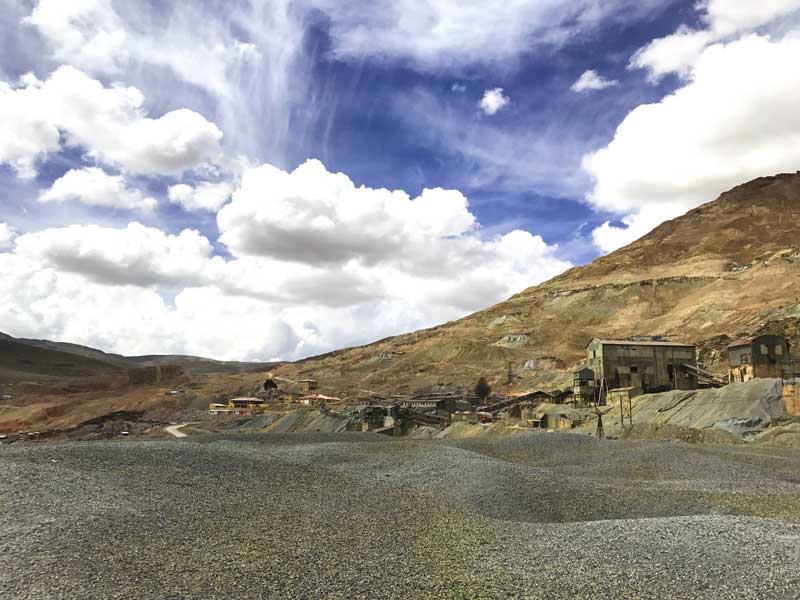
I arrived in the city of Potosí in February, with a pleasant temperature and I was already acclimatized already used to the altitude.
This city is located more than 3,900 meters above sea level, and in some places, like my hotel, it is more than 4,000 meters above sea level. They have a nice sign indicating that they have the highest “cyber” in the world at 4100 meters above sea level.
The day I arrived in Potosí, I asked about the area where the agencies are located. Because I wanted to do the tour to the Mines of Potosí, which is only and just it’s possible with a guide.
I asked three agencies, and I hired one that treated me well, treated me well, and was well-priced. It was an almost private tour since it was just me, another couple, and the guide.
The Potosí Mining Market
We started the tour on a Saturday morning, where we met at the agency’s door and headed for the mining market.
They explained a few things there, such as that miner mixing coca leaves with other substances, such as baking soda or stevia.
They told us in the market that they use it to give it a better flavor and, above all, to produce more saliva makes and that the coca leaves have a greater more effect.
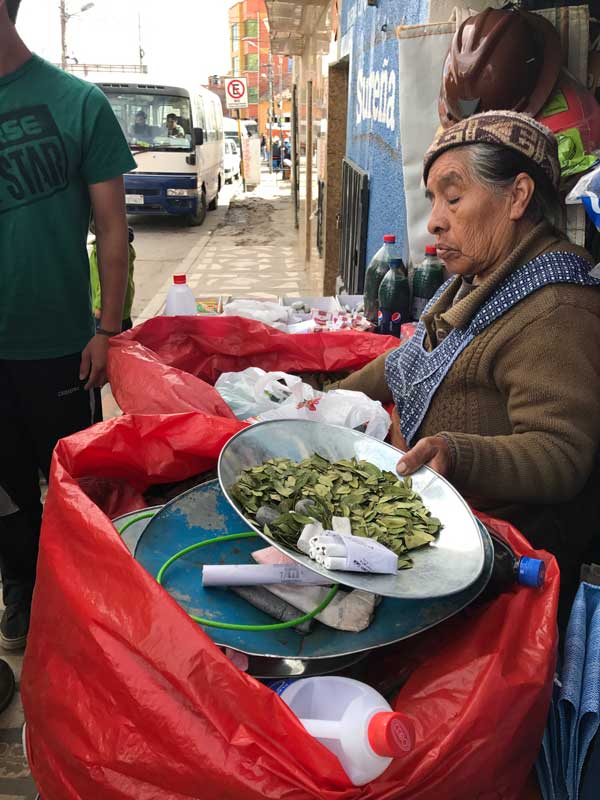
In the mining market, we bought buy gifts for miners who were already prepared to give to them you. You are given a bottle of soda, coca leaves, and cigarettes in the bag.
Although it is not mandatory, buying something from them is more than advisable.
To visit the mines of Potosí, you must put on safety clothes that are included in the ticket price.
It consists of a pair of trousers and a shirt that you put on top of your normal clothes, waterproof boots, boots of water, and a helmet.
Arrival at Cerro Rico
With the clothes on, we set on our way to Cerro Rico. We stopped along the way, and our guide explained the types of metals and minerals extracted from the mine.
As I visited only with a couple, it was much easier to ask questions and consult doubts.
It was fascinating, and the views we had of the city and the landscape, in general, were magnificent.
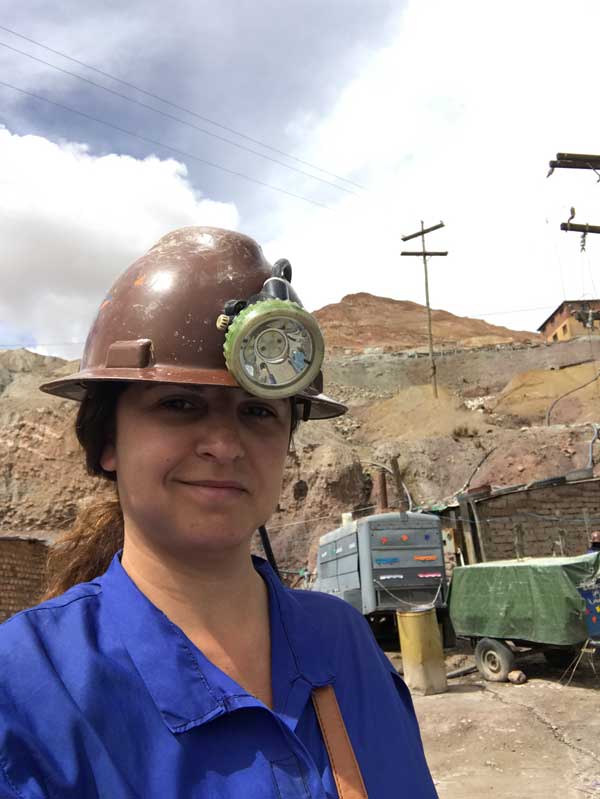
In Cerro Rico, there are many galleries through which you can enter the mountain and where the miners work, grouped in cooperatives. We were approaching one of the entrances to the Potosí mines.
Once we arrived at the gate of the mine, we saw some people work grinding stones to separate the silver from the worthless parts.
They do everything by hand, and they seemed to take quite some time with the machines they used seemed to take quite some time with them.
Here we offered our gifts to the miners, and within a few minutes, we entered the mine.
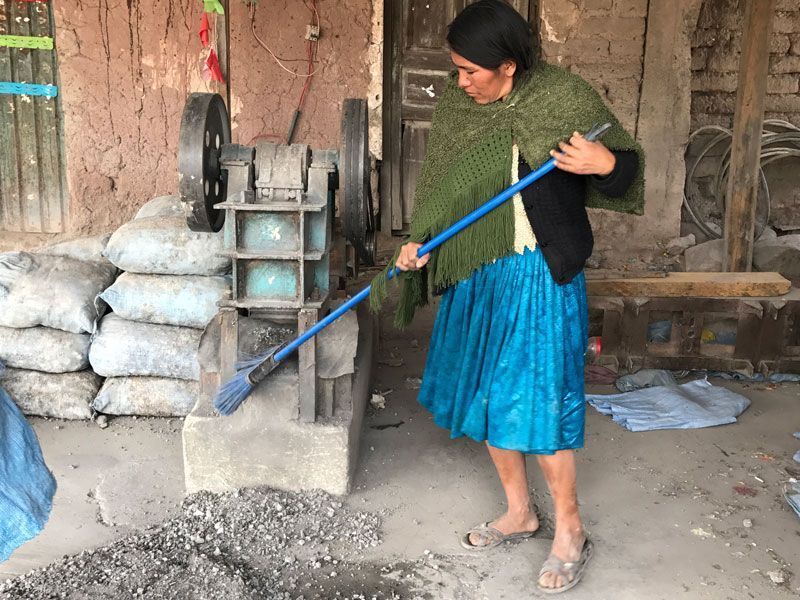
We Met “el Tío” (The Uncle)
Well-equipped and with the lights on, we went through the little tunnel. We went in search of “El Tío,” the protector of the miners, the one who grants them their material desires; we also went go in search of the Devil (El Diablo).
Uncle, “El tío,” as the miners call him, is the God of the underworld. He offers them protection in exchange for offerings.
There is usually a sculpture of The Uncle (El Tío) in each gallery, and there, you can see the different offerings that the miners make to him. For example, they offer him cigarettes, coca leaves, alcohol, among other things.
When I arrived in the carnival season, it was adorned with streamers and cheerful colors. The devil is very important at this time of year.
Our guide made an offering to the Uncle; you can see it in the video.
Once the end of the offering, we continue to travel the mine to the next protector, to which he grants spiritual desires.
In this case, it is a figure of Christ, although, as you will see in the photo, it is covered by streamers and ornaments that make it difficult to guess who is underneath.
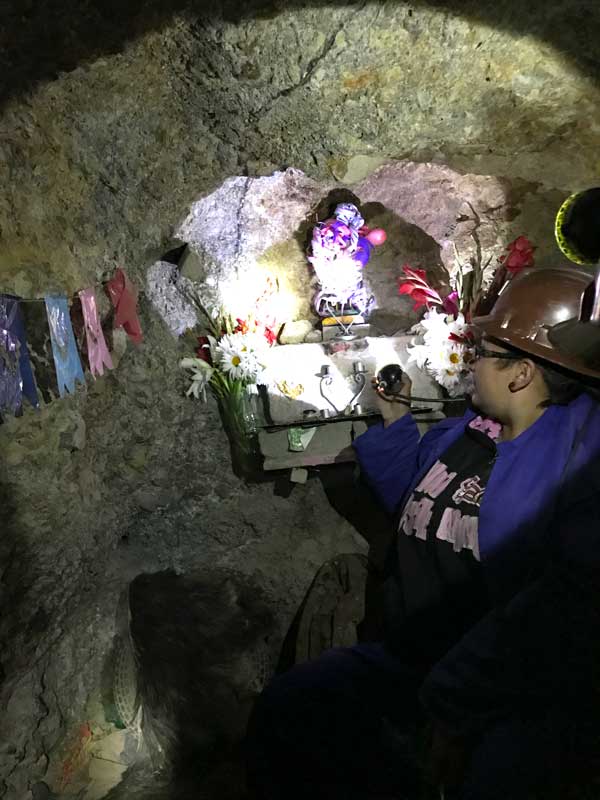
The way to get to it is becoming more complicated. At times, we had to bend down a lot because the tunnel got gets smaller and smaller.
I’d tell you, sometimes they were about a meter high, with the floor sloping downhill, and sometimes you find the beams that hold the split ceiling, and it is complete darkness all around rotates only by the lights provided by of our helmets.
Feeling a Detonation Inside the Mine
And suddenly, you hear a loud noise and look at the walls to see if anything moves.
The guide asks you, “did you feel lt that?” and we keep still to make sure, seeing that nothing moves because what we heard was an explosion as we find ourselves in the bowels of Cerro Rico.
Then, the guide tells us that it was a detonation that the miners working in another gallery have made and are working in another gallery and that it is completely normal!
After visiting the two deities of the mine, we began our way back. Once I’m out of the mine gone, I ask the guide how far we’ve traveled; she tells me about 800 meters.
The truth is that the visit to the mine is very shocking. Because we were just walking bent over through narrow tunnels, with the ground full of water, and yet.
But miners work hours and hours in those conditions. On top of that, the extraction is done by hand.
Have you visited the mines of Potosí? What has been your experience?
Plan Your Trip to Bolivia
- 12 days Itinerary Trip to Bolivia
- What to see at Isla del Sol, Titicaca Lake (Island of the Sun)
- 3 days tour to Salar de Uyuni (Uyuni Salt Flats)
- Best Travel Insurance for your trips
Save this image on your Pinterest!
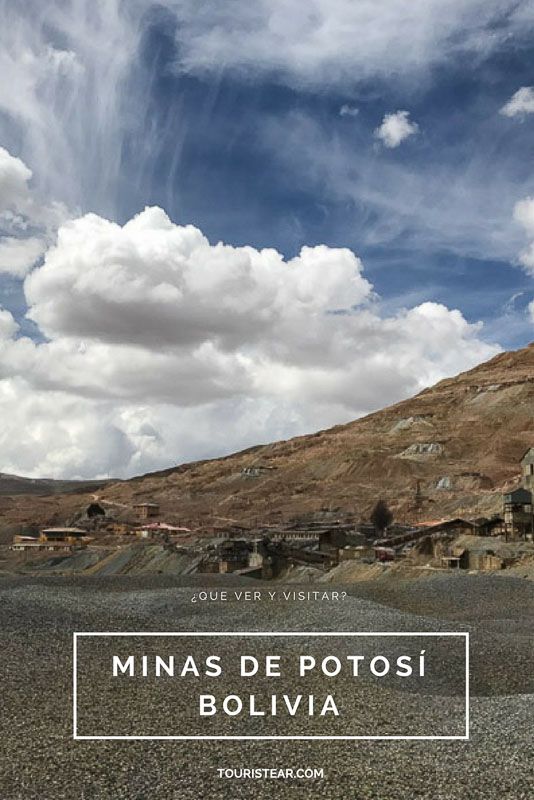
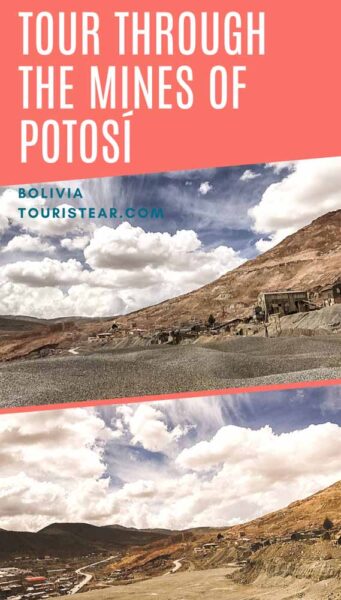
Last Updated on 9 October, 2023 by Veronica





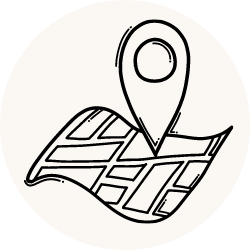
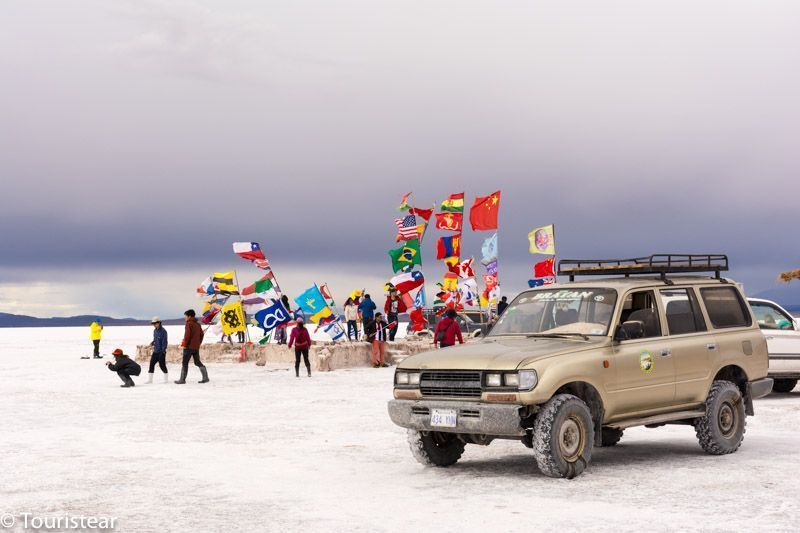
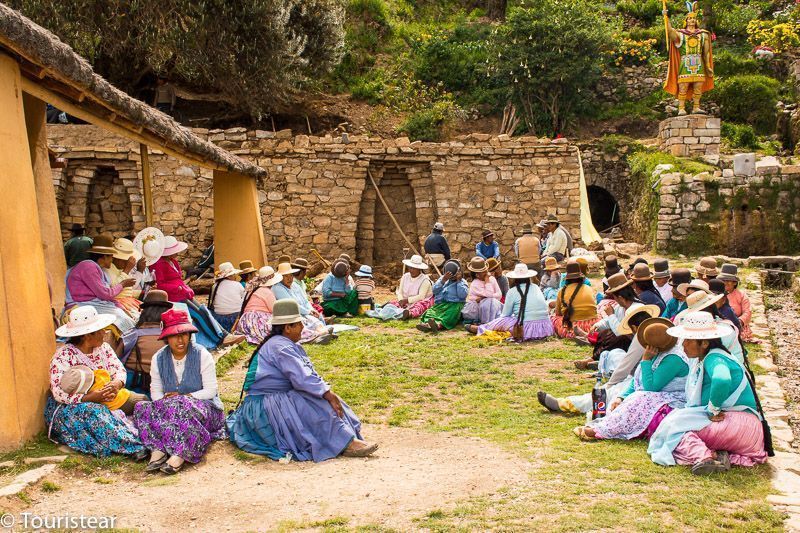
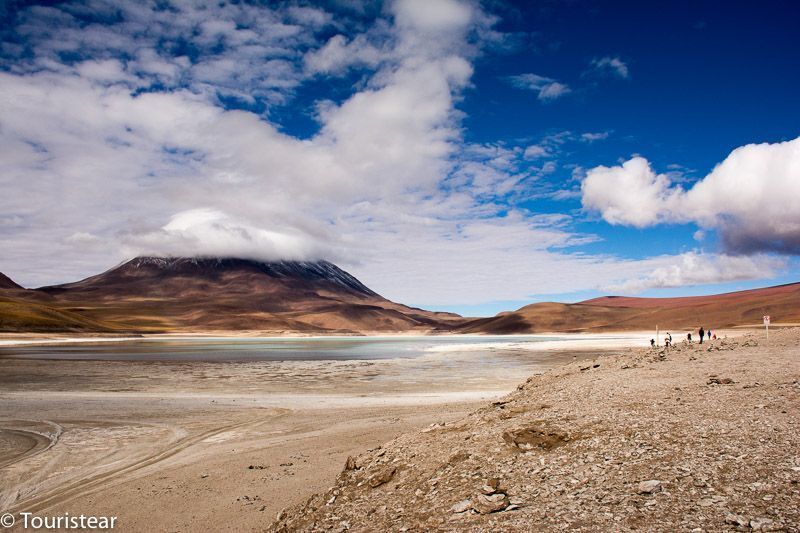
El Tio (no tilde) is not uncle. It’s from the Spanish word dios. Since there is no d in the Quechua language, the word came out as Tio. The natives were under forced labor (Mita) and we’re threatened with this “dios” that looked like a devil.
Hi Joseph, thank you very much for your comment; that makes much more sense!
Best,
Veronica